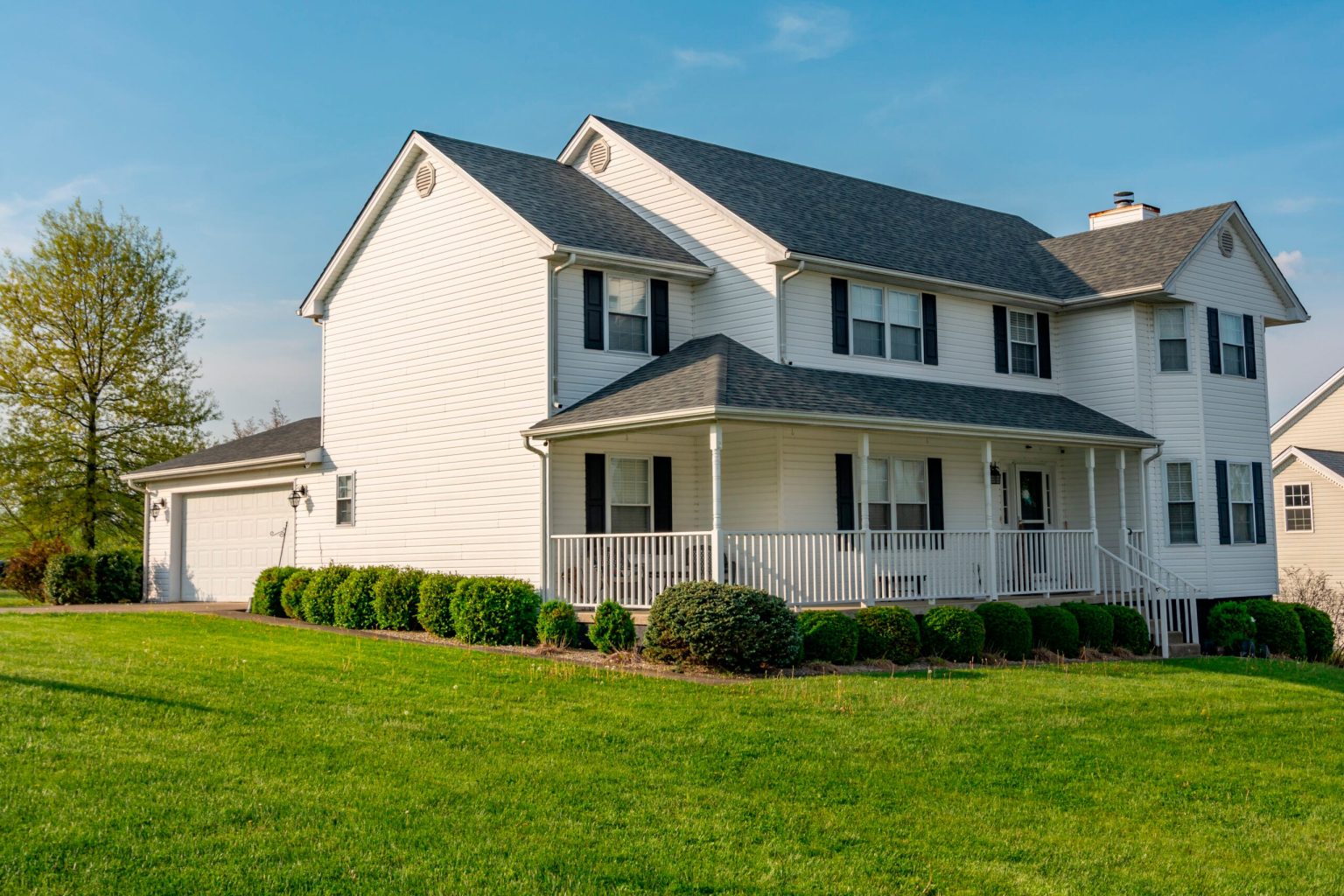The average interest rates for 30-year fixed mortgages and 15-year fixed mortgages have decreased slightly in the past week, with rates currently at 7.18% and 6.62%, respectively. The Federal Reserve has been postponing rate cuts due to stagnant inflation data, leading to uncertainty about future rate movements. Mortgage rates may still decrease later in the year, but predictions for the housing market constantly change in response to economic factors and geopolitical events.
Mortgage rates fluctuate daily, so it’s important to shop around and compare rates to ensure you’re getting the best deal. Loan terms vary, with the most common being 15 and 30 years, but other options like 10-, 20-, and 40-year mortgages also exist. Fixed-rate mortgages offer stability with a set interest rate for the loan duration, while adjustable-rate mortgages have a fixed rate for a certain period before adjusting annually based on the market. The choice between fixed and adjustable rates depends on factors like how long you plan to stay in the home and current interest rate trends.
30-year fixed-rate mortgages, the most common loan type, have an average rate of 7.18% today. While this option typically has a higher interest rate compared to a 15-year mortgage, it offers a lower monthly payment. A 15-year fixed-rate mortgage has a lower interest rate, allowing borrowers to pay less interest in the long run and pay off the loan sooner despite a higher monthly payment. A 5/1 adjustable-rate mortgage with a lower introductory rate for the first five years could be a suitable option if you plan to sell or refinance within that time frame.
Mortgage rates have increased due to high inflation and interest rate hikes by the Federal Reserve in recent years. The Fed’s current stance has kept the federal funds rate at 5.25% to 5.5%, indirectly impacting borrowing costs, including for mortgages. Rates have been fluctuating between 6.5% and 7.5% since late last year, affecting affordability for homebuyers. Limited housing inventory, stagnant wage growth, and other factors are contributing to the affordability crisis in the housing market.
Experts predict that mortgage rates will end the year between 6% and 6.5%, depending on the Fed’s decisions about interest rates and economic performance. Various factors like supply, demand, inflation, and geopolitical events can influence rate movements. While lower rates may be expected, a return to the historically low rates seen before 2022 is unlikely. Tracking inflation and economic data can provide insights into future rate changes, with volatility and uncertainty playing a role in market predictions.
To find the best mortgage rates, save for a larger down payment, improve your credit score, pay off existing debts, research loan options, and compare offers from different lenders. While rates and home prices are currently high, it’s essential to plan strategically and budget effectively to secure a competitive mortgage when the time is right. Monitoring economic indicators and staying informed about market trends can help you make informed decisions when choosing a mortgage.


